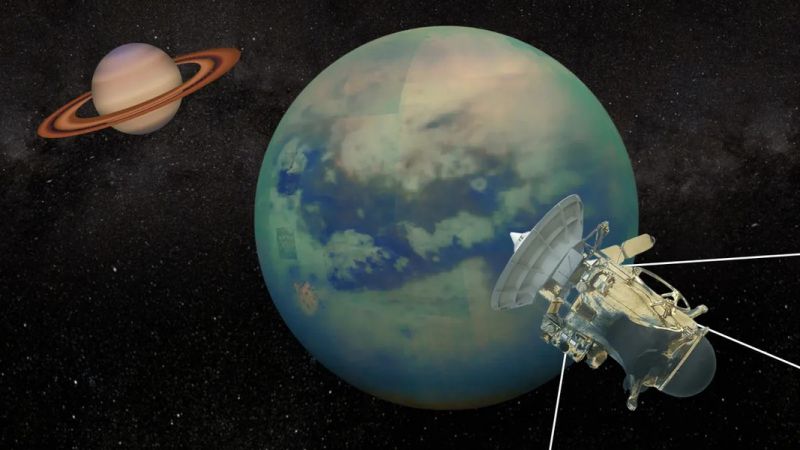
Planetary Picture of the Day
Week of January 20, 2025
This week we turn toward more distant worlds, looking at the moons of Uranus, moons with subsurface oceans, brand new planets in distant systems, and a beautiful comet gracing our own night sky.
Monday, 20 January 2025

Uranus - Family Portrait
This "family portrait" of Uranus' five largest moons was compiled from images sent back on Jan. 20, 1986, by the Voyager 2 spacecraft. In this comparison, we see the relative sizes and relativities of the satellites. From the left, in order of increasing distance from the planet, they are Miranda, Ariel, Umbriel, Titania, and Oberon. The two largest, Oberon and Titania, are about half the size of Earth's Moon, or roughly 1,600 kilometers in diameter. Miranda, the smallest of the five, has about one-quarter to one-third the diameter.
Tuesday, 21 January 2025
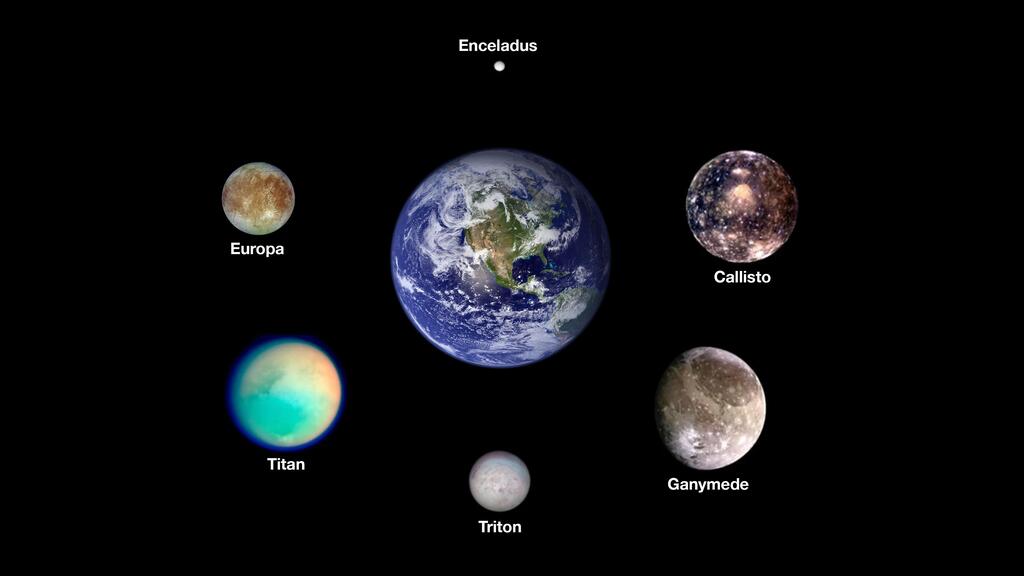
Icy Moons in Our Solar System That May Have Oceans
Scientists think six icy moons in our solar system may currently host oceans of liquid water beneath their outer surfaces. Arranged around Earth are images from NASA spacecraft of, clockwise from the top, Saturn's moon Enceladus, Jupiter's moons Callisto and Ganymede, Neptune's moon Triton, Saturn's moon Titan, and Jupiter's moon Europa, the target of NASA's Europa Clipper mission. The worlds here are shown to scale.
The images of the Saturnian moons were taken by NASA's Cassini mission. The images of the Jovian moons were taken by NASA's Galileo mission. The image of Triton was taken by NASA's Voyager 2 mission. The image of Earth was stitched together using months of satellite-based observations, mostly using data from the Moderate Resolution Imaging Spectroradiometer (MODIS) on NASA's Terra satellite.
Wednesday, 22 January 2025
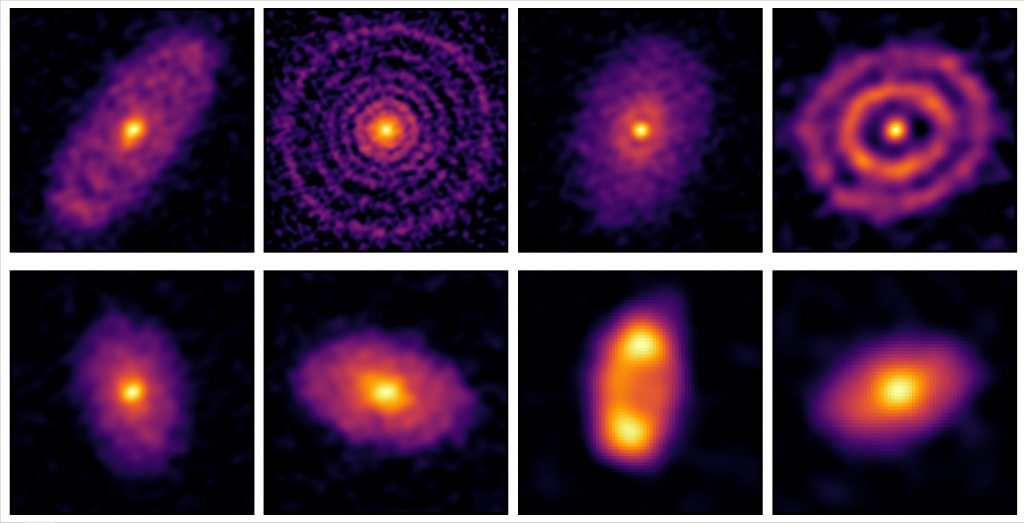
Planetary Formation
Images captured by ALMA's most extended antenna configuration reveal surprisingly rich disk structures in the sigma Ori cluster. These new observations suggest that planet formation can occur even in harsh stellar environments previously thought to be inhospitable.
Thursday, 23 January 2025
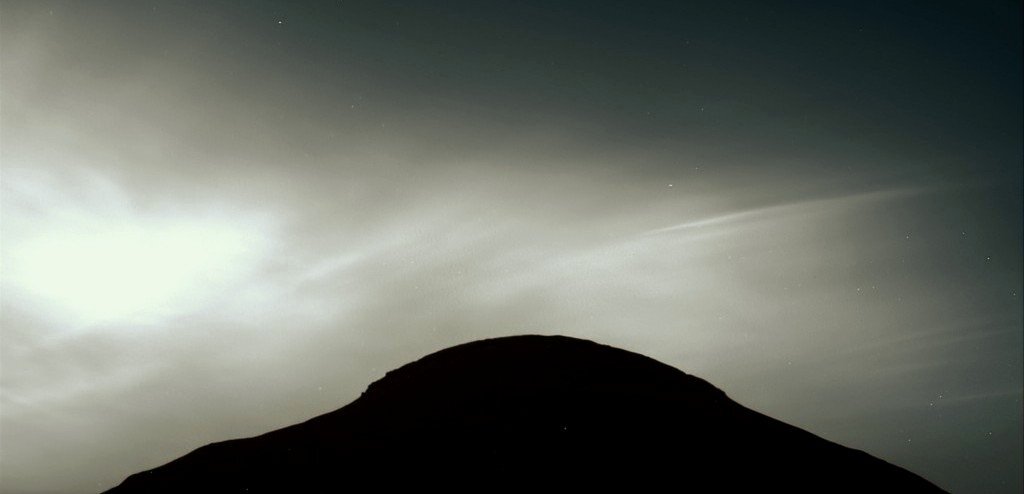
Cloudy Day on Mars
NASA's Curiosity rover captured these thin, wispy clouds over Mars's Mount Sharp earlier in January on sol 4423. While the Martian atmosphere is thin, winter temperatures get cold enough for carbon dioxide to form crystals and "grow" clouds.
Friday, 24 January 2025
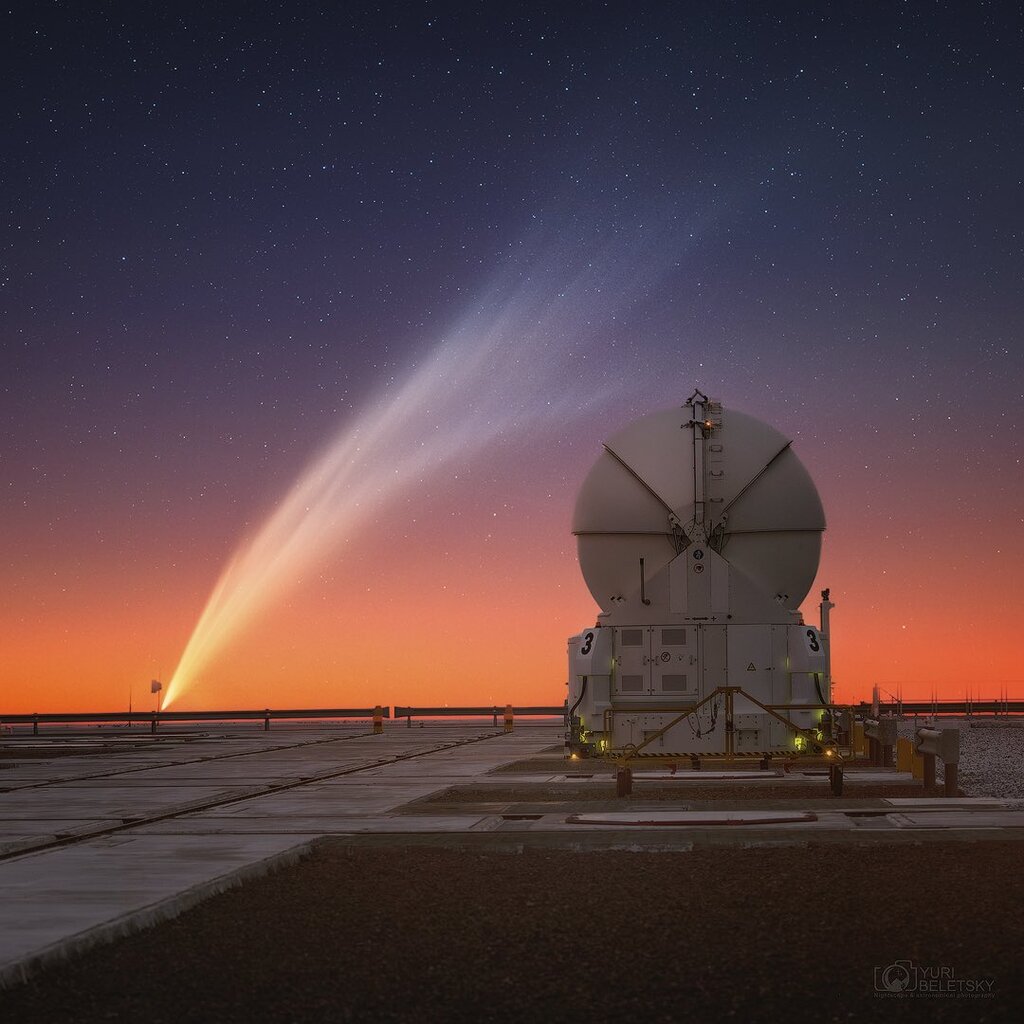
Comet C/2024 G3 (ATLAS)
Discovered last year by the Asteroid Terrestial-Impact Last Alert System (ATLAS), Comet C/2024 G3 reached its perihelion - the closest point to the Sun - on 13 January 2025. Unfortunately, the bright comet did not survive the close pass intact and lost its nucleus. Fortunately, many photographers have captured beautiful images such as this one, taken on 19 January at ESO's Paranal Observatory by astronomer Yuri Beletsky, which still shows the long, wispy tail.





